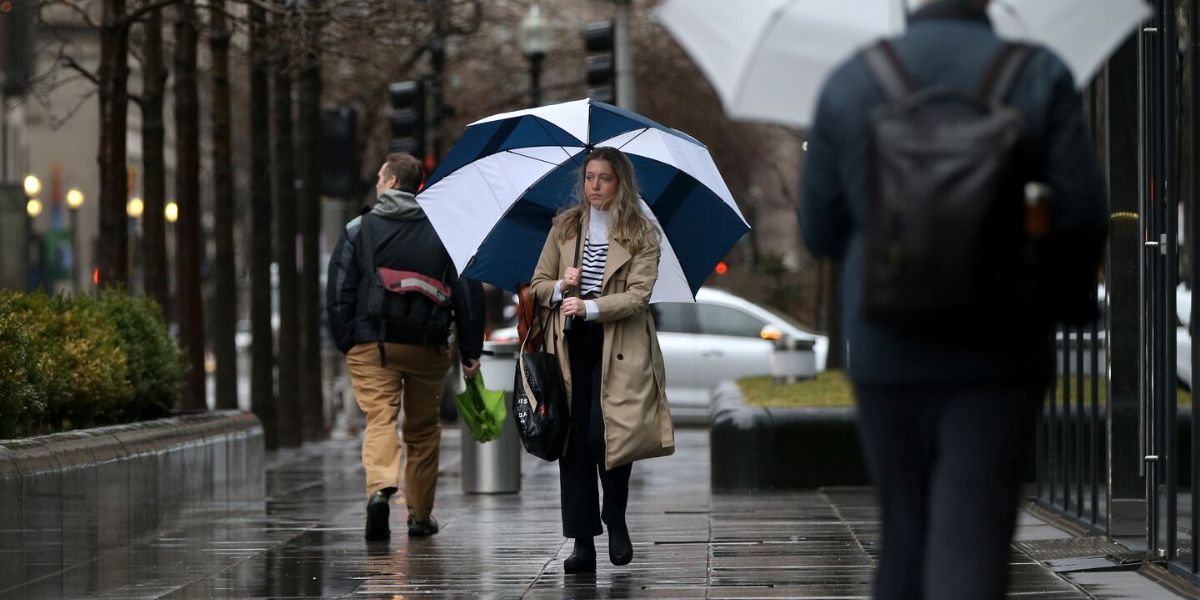Millions of people hoping to get a head start on their Memorial Day weekend travel are facing cool, windswept rain on Thursday as a rare May nor’easter moves across the Northeast.
Snow is not necessary for a nor’easter to occur. Off the Atlantic Ocean, it is merely a region of low pressure with powerful northeasterly winds.
People are suffering from two areas of low pressure: one that formed off the mid-Atlantic coast and the other that spans the interior.
As a line of severe thunderstorms moved through the Pittsburgh area on Wednesday night, the interior low-pressure system was already having a significant impact in western Pennsylvania, resulting in a tornado watch and several tornado warnings based on radar data.
Although there have been no reports of tornado touchdowns, Pittsburgh experienced flooding as a result of the storms’ heavy rainfall.
In New York, the coastal low-pressure system is developing south of Long Island. Later Thursday afternoon is when the low is predicted to peak in intensity and continue to strengthen. From the Tri-State region, it is predicted to bring consistent, occasionally heavy rain to New England.
Rainfall totals are predicted to be between one and two inches, with some areas experiencing higher totals due to higher elevations and along the coasts of New England and the Northeast.
The Weather Prediction Centre has rated parts of Connecticut, Rhode Island, Massachusetts, and New Hampshire as being at Level 1 out of 4 risk for flash flooding.
Additionally, wind will be an issue, particularly from eastern Long Island to the New England coast. There is a good chance of wind gusts exceeding 40 mph, with some even surpassing 55 mph.
Don’t Miss:
- Indiana Man Accused of Killing 5-Year-Old Daughter Blames Ex, Sent Photo of Child in Distress: Police
- Preschool Teacher in Scituate Under Investigation for Alleged Student Assaults
- After 10-Year Pause, Florida Approves Controversial Black Bear Hunt
Major airports throughout the region, particularly in Boston, may experience delays, even though winds of that magnitude probably won’t topple many trees.
Up until Friday morning, a large portion of the New England coast was under a wind alert.
At the beach, strong winds may also cause problems. Even though astronomical tides are not very high, the water level could rise by 1.5 to 2.5 feet. Minor coastal flooding might be an issue if that happens.
There are also coastal flood advisories in place for parts of New England and the Northeast.
The nor’easter will bring in enough cool air to cause off-season snow accumulation in the White Mountains’ highest peaks, primarily above 1,500 feet. Peaks in the Presidential Range that are higher than 3,000 feet, such as Mount Washington in New Hampshire, will receive the most snowfall.



